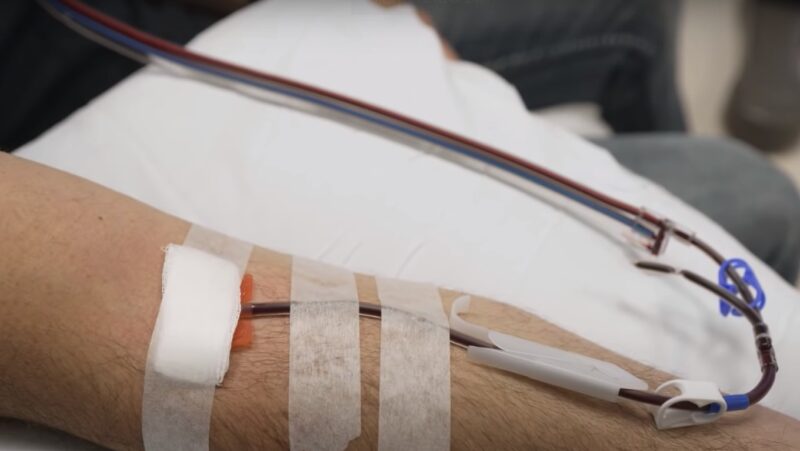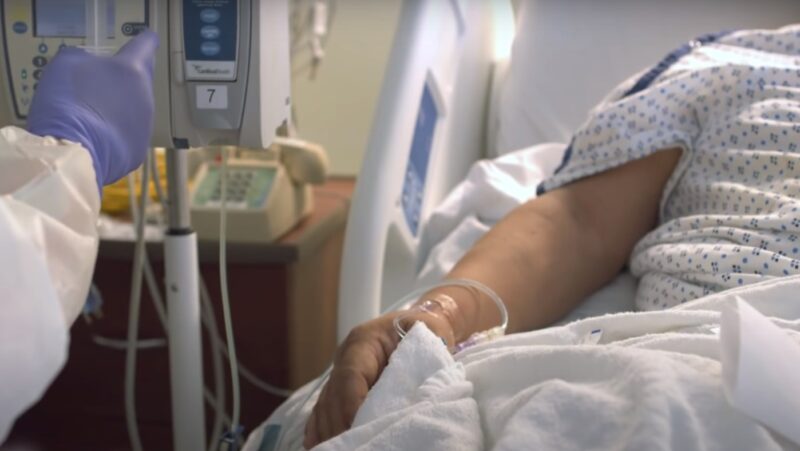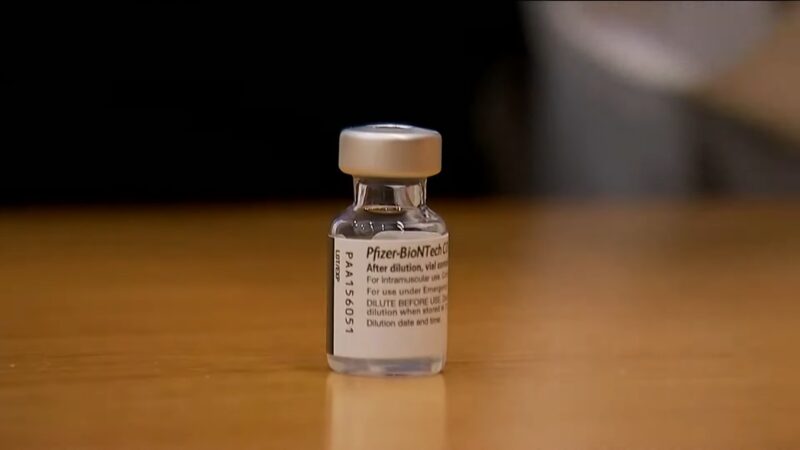In the relentless battle against the global COVID-19 pandemic, a fascinating strategy has emerged as a potential weapon — convalescent plasma donation. What is it? How does it work? And what role does it play in managing and treating this formidable disease? This blog post aims to demystify these questions and provide an in-depth understanding of this remarkable therapy.
An Overview

As we embark on the journey of understanding the relationship between COVID-19 and convalescent plasma donation, it’s crucial first to comprehend what convalescent plasma is.
Defining Convalescent Plasma
Convalescent plasma is the liquid component of blood collected from patients who have recovered from a viral infection. This plasma is rich in antibodies — the tiny Y-shaped proteins that help our immune system combat pathogens.
Convalescent plasma has been used for over a century to treat various illnesses. It was employed during the Spanish flu of 1918 and more recently in the outbreaks of Ebola and SARS. The plasma of recovered patients is teeming with antibodies specifically designed to fight the infection they’ve overcome. This makes it an effective treatment, primarily when a new disease emerges and there are limited treatment options.
The Role of Antibodies
Antibodies are our body’s defense soldiers. When we get infected, our immune system starts producing these special proteins to neutralize the invading virus.
The magic lies in the fact that every antibody is designed to fit a specific antigen — think of it as a lock and key mechanism. Once the antibody (the key) attaches itself to the antigen (the lock), it can neutralize the harmful pathogen. The COVID-19 antibodies, therefore, are keys designed to fit the coronavirus. The body remembers these keys, enabling a quicker response if the virus attempts to invade again.
Convalescent Plasma and COVID-19

Now that we have a fundamental understanding of convalescent plasma and antibodies let’s delve into the heart of our topic — the connection between convalescent plasma and COVID-19.
The Use
As a response to the unprecedented challenges posed by COVID-19, scientists began exploring the potential of convalescent plasma therapy. In the absence of specific treatments in the early phases of the pandemic, this age-old strategy became a source of hope.
The plasma of a COVID-19 survivor is rich in antibodies that have been successful in combating the virus. Transferring this plasma to a sick patient could, in theory, give their immune system a vital boost, aiding their battle against the virus. Early studies indicated potential benefits, especially for those who received therapy within the first few days of severe illness.
The Importance
The crucial link in this process is plasma donation. The plasma for this therapy comes from individuals who have recovered from COVID-19 and are willing to donate their plasma.
- Recovered patients have a window of a few months when their plasma contains a high level of antibodies.
- Potential donors must test negative for the virus and be symptom-free for a specific period, typically around 14 days.
- Donating plasma is a relatively simple and safe procedure, much like donating blood.
While this therapy shows promise, it is essential to understand that it’s not a cure. Its efficacy varies and is part of a broader therapeutic strategy against COVID-19, including vaccines, antivirals, and supportive care.
What Future Holds

Despite the excitement surrounding convalescent plasma therapy, it is not without its challenges. As we move forward, a key area of focus is in defining the future of this treatment modality.
Challenges and Controversies
Though convalescent plasma therapy appears promising, it’s faced several challenges and controversies. Critics argue that clinical trials so far have been inconclusive, with some studies indicating no significant benefits. Some have questioned the risk of transfusion-related reactions, while others are concerned about the logistical challenges of collecting and distributing plasma.
Moreover, with the advent of effective COVID-19 vaccines and potent antiviral drugs, the role of convalescent plasma therapy may become more limited. Nevertheless, the therapy continues to be a part of the toolbox against COVID-19, especially in regions where vaccine access remains a challenge.
Ongoing Research and Potential
Despite the controversies, research is ongoing. Scientists are investigating the optimal timing and dosage for therapy, along with methods to purify and concentrate the antibodies.
Interestingly, the therapy also has potential beyond COVID-19. The principles underlying convalescent plasma could pave the way for treatments against other infectious diseases. Therefore, the scientific knowledge gained could be valuable far beyond the current pandemic.
The Donor Experience
Before one can donate convalescent plasma, they need to understand the entire process and eligibility requirements. Plasma donation is more than just a simple act; it is a life-saving endeavor.
Eligibility
Before anything else, potential donors must meet certain criteria to qualify for plasma donation. These are designed to protect both the donor’s and recipient’s health and to ensure that the donation process is efficient and effective.
- Prior diagnosis of COVID-19: The basic prerequisite for donating convalescent plasma is a prior confirmed diagnosis of COVID-19. It’s also essential that the donor has been symptom-free for a certain period, usually 14-28 days.
- General health: Similar to regular blood donation, the donor must meet specific health criteria. These include a minimum age and weight, no recent tattoos or piercings, and no chronic medical conditions or diseases that could compromise the donor’s health or affect the recipient.
- Antibody levels: Not all recovered patients have the same antibody levels. Some individuals may not produce enough antibodies, while others might have an abundant quantity. Therefore, potential donors might have to undergo an antibody test to ensure they have sufficient antibodies to make the donation beneficial.
The Donation Process
Once eligibility is confirmed, donors can then proceed to donate their plasma. This process, which typically takes about 1-2 hours, involves the following steps:
- Screening and Health Check: On the day of donation, the donor goes through a final health check and screening process. This includes answering a health history questionnaire and undergoing a mini-physical examination to check vital signs.
- Plasma Collection: Donors are connected to a machine that collects blood, separates the plasma, and then returns the remaining components (red cells, white cells, platelets) back to the donor. This process is called plasmapheresis.
- Rest and Recovery: After donation, donors are advised to rest for a few minutes under the supervision of medical staff. They are usually provided with light refreshments to help their body recover. It’s also recommended to stay hydrated and avoid heavy lifting or strenuous activity for the rest of the day.
The Impact of Convalescent Plasma Donation

To truly understand the importance of convalescent plasma donation, it is vital to understand the impact it has on the recipients and the healthcare system as a whole.
Impact on Patients
Convalescent plasma can be a lifeline for patients with severe COVID-19 infections. The infusion of antibodies provides an immediate boost to the immune system, offering a chance at a quicker and more complete recovery.
Many patient testimonials confirm the life-changing, and often life-saving, impact of convalescent plasma therapy. From patients on ventilators showing significant improvement after receiving the therapy, to mild cases preventing hospitalization altogether, the effects can be profound.
Impact on Healthcare Systems
In addition to patient benefits, convalescent plasma therapy can have a broader impact on healthcare systems. By potentially reducing the severity of COVID-19, it can help decrease hospitalization rates and intensive care unit (ICU) admissions.
Lower hospitalization rates can significantly reduce the strain on healthcare resources, including hospital beds, ventilators, and medical staff. By relieving some of this burden, convalescent plasma therapy can help healthcare systems focus on providing care for all patients, not just those with COVID-19.
FAQs
How does Convalescent Plasma work in treating COVID-19?
Convalescent plasma from recovered COVID-19 patients contains antibodies against the virus. These antibodies, when transfused into patients battling COVID-19, can help their immune system fight off the virus more effectively.
Is Convalescent Plasma Treatment proven to work against COVID-19?
While convalescent plasma treatment shows promise, it has not yet been definitively proven to always help as a treatment for COVID-19. It has been tried in a small number of people in early studies, and some of them showed improvement with this treatment.
What is Plasmapheresis?
Plasmapheresis is the standard procedure by which plasma is separated from whole blood and collected. The plasma is isolated and channeled out into a special bag, and red blood cells and other parts of the blood are returned to the donor through the same needle.
Is Plasmapheresis safe?
Yes, it is. The procedure and the machine used have been evaluated and approved by the Food and Drug Administration (FDA). All plastics and needles coming into contact with the donor are sterile, used once, and discarded.
How long does the Plasmapheresis procedure take?
Plasmapheresis procedures take about 40 minutes, but donors should allow another 20 minutes for staff to obtain their medical history.
How can I donate Convalescent Plasma?
The process for donating convalescent plasma may vary by location. It’s best to contact your local blood bank or health department for information on how to donate in your area.
Can anyone receive Convalescent Plasma?
Convalescent plasma may be a treatment option for patients with COVID-19, but the decision to use it is made on a case-by-case basis by healthcare providers.
Final Words
The journey of convalescent plasma therapy, from a century-old concept to a potential weapon against COVID-19, is a testament to human resilience and ingenuity. It is a story of how, in the face of unprecedented challenges, we repurpose old strategies to meet new threats. And at the heart of this story are the plasma donors — the recovered patients who choose to lend their antibodies to help others in their fight against the virus.

